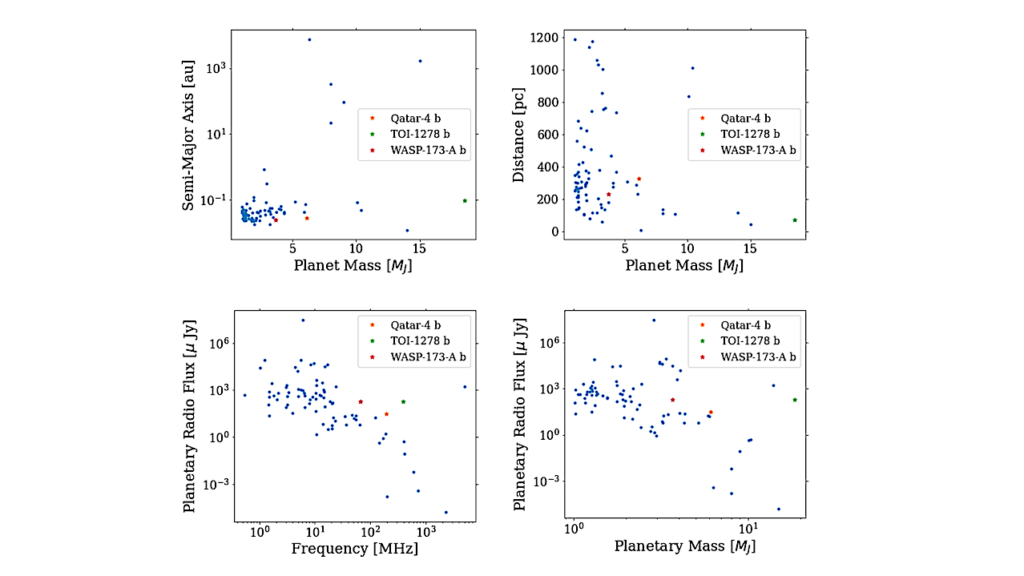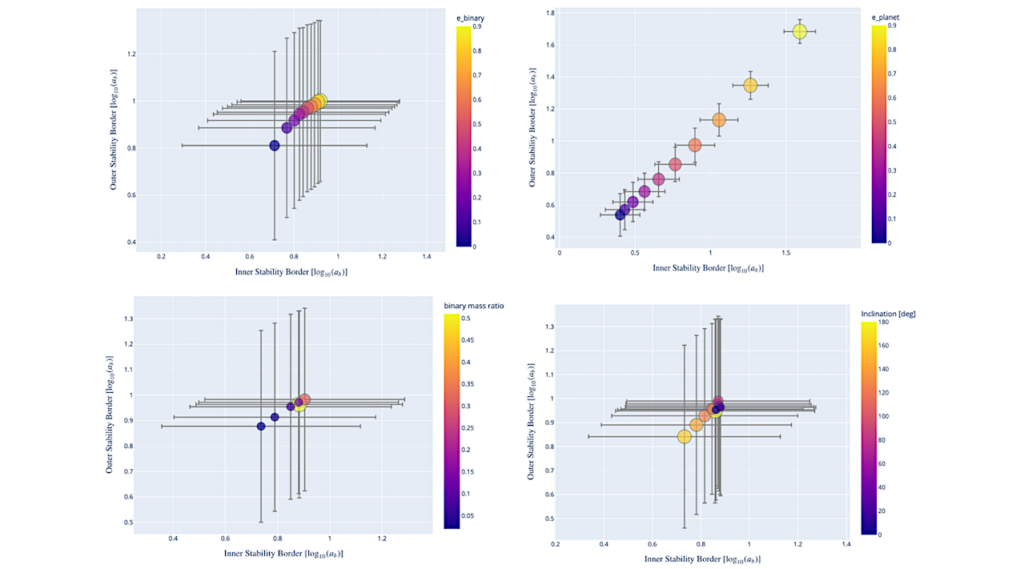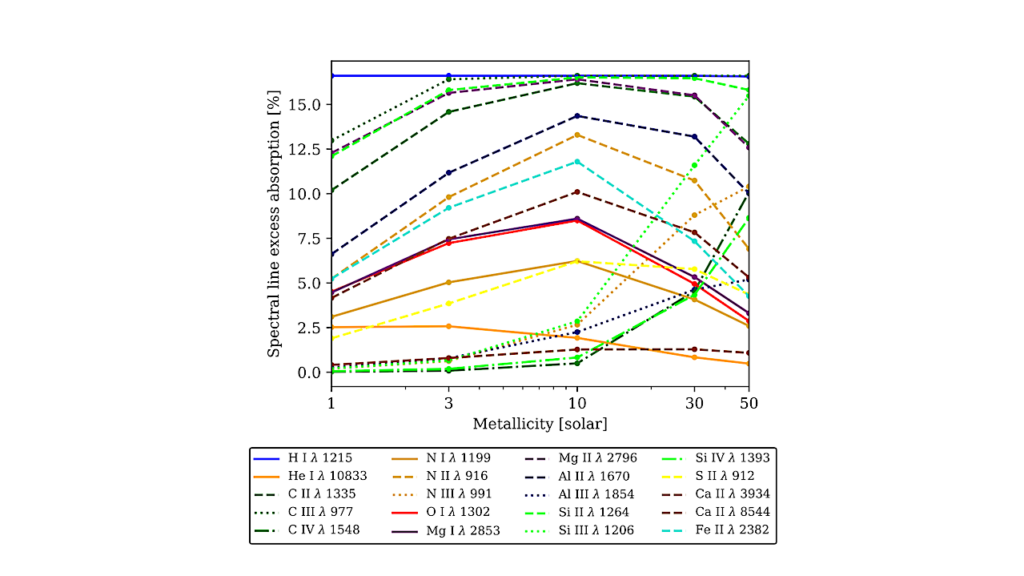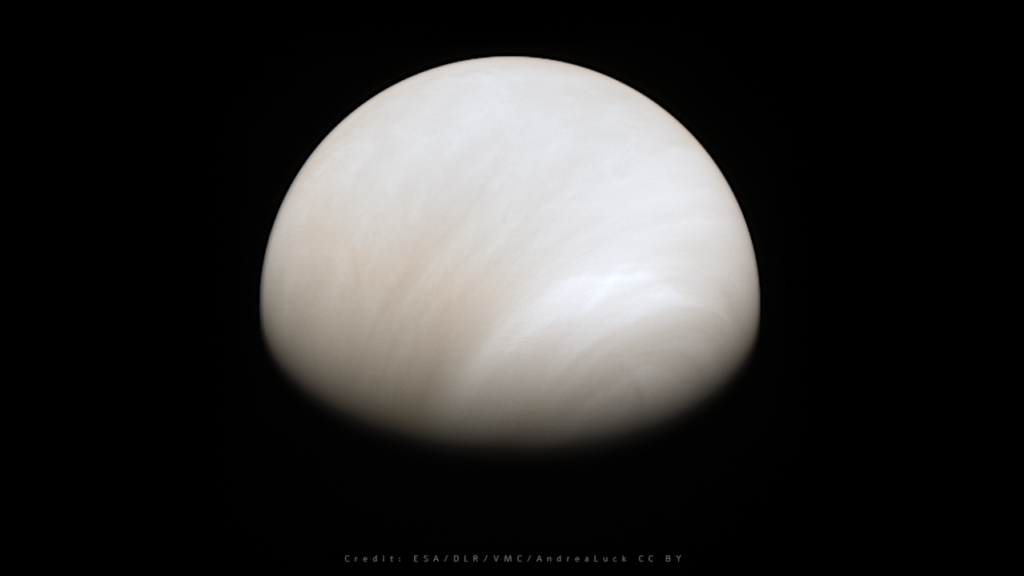Colors of an Earth-like Exoplanet – Temporal Flux And Polarization Signals Of The Earth

Understanding the total flux and polarization signals of Earth-like planets and their spectral and temporal variability is essential for the future characterization of such exoplanets.
We provide computed total (F) and linearly (Q and U) and circularly (V) polarized fluxes, and the degree of polarization P of sunlight that is reflected by a model Earth, to be used for instrument designs, optimizing observational strategies, and/or developing retrieval algorithms. We modeled a realistic Earth-like planet using one year of daily Earth-observation data: cloud parameters (distribution, optical thickness, top pressure, and particle effective radius), and surface parameters (distribution, surface type, and albedo). The Stokes vector of the disk-averaged reflected sunlight was computed for phase angles alpha from 0 to 180 degrees, and for wavelengths lambda from 350 to 865 nm.
The total flux F is one order of magnitude higher than the polarized flux Q, and Q is two and four orders of magnitude higher than U and V, respectively. Without clouds, the peak-to-peak daily variations due to the planetary rotation increase with increasing lambda for F, Q, and P, while they decrease for U and V. Clouds modify but do not completely suppress the variations that are due to rotating surface features. With clouds, the variation in F increases with increasing lambda, while in Q, it decreases with increasing lambda, except at the largest phase angles. In earlier work, it was shown that with oceans, Q changes color from blue through white to red. The alpha where the color changes increases with increasing cloud coverage.
Here, we show that this unique color change in Q also occurs when the oceans are partly replaced by continents, with or without clouds. The degree of polarization P shows a similar color change. Our computed fluxes and degree of polarization will be made publicly available.
A. Groot, L. Rossi, V.J.H. Trees, J.C.Y. Cheung, D.M. Stam
Comments: Accepted for publication in Astronomy & Astrophysics
Subjects: Earth and Planetary Astrophysics (astro-ph.EP); Instrumentation and Methods for Astrophysics (astro-ph.IM)
Cite as: arXiv:2007.15624 [astro-ph.EP] (or arXiv:2007.15624v1 [astro-ph.EP] for this version)
Submission history
From: Daphne Stam
[v1] Thu, 30 Jul 2020 17:48:00 UTC (6,353 KB)
https://arxiv.org/abs/2007.15624
Astrobiology








